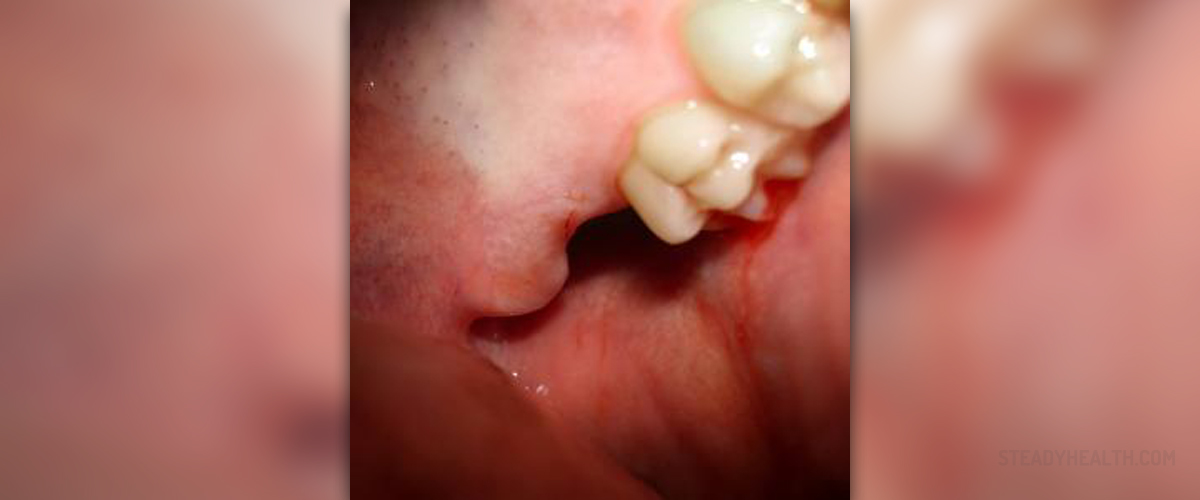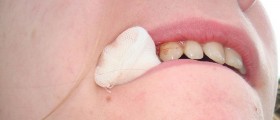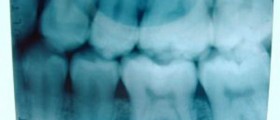
Gum infection: A common but potentially risky problem
Tooth extraction is sometimes required in order to eliminate one or more bad teeth so they cannot damage the surrounding teeth, gum and bone structure. In most cases, the reasons for tooth extraction are tooth decay, infection, and impacted teeth. A tooth sometimes needs to be extracted because a gum infection has damaged bone structure and the tooth cannot be saved anymore, and a tooth fracture as a result of an accident is another reason why a tooth may need to be removed in some cases.
Causes of gum infection after tooth extraction
Tooth extractions, especially if done properly and professionally by a qualified dentist, do not usually lead to complications or consequences, however, in some cases a gum infection may develop at the site where the tooth was removed.
When a tooth is removed from the jaw, it leaves a hole in the gum, which will also initially sustain some minor bleeding. This makes it possible for harmful bacteria (which are often already present in the mouth) to introduce themselves to the wound and to the bloodstream, causing an infection. An infection after having a tooth extracted can be prevented by following the dentist’s recommendations for tooth removal aftercare very strictly.
When a tooth is removed, a blood clot is soon formed in the place where the tooth used to be. The clot prevents bleeding but it also protects the site from bacteria and food traces. If the clot is not properly formed or if it is dislodged, for example with food getting lodged at the site, by means of sucking motions or repeated rinsing with water, it leaves the wound open and susceptible to infections that occur because the bacteria or food debris penetrate the gum tissue.
It is important to note that smoking after having a tooth extracted can also compromise the process in which the blood clot is formed quite easily, in turn increasing the risk of infection and the formation of a painful dry socket.
Symptoms of gum infection after tooth extraction
After a tooth is been removed, it is normal for some minor bleeding to occur; you will see and taste trace amounts of blood, and the wound should certainly not be gushing. The bleeding usually stops several hours following the tooth extraction procedure, but if any bleeding persists for over 48 hours after the tooth has been extracted, it may indicate an infection. See your dentist again if you are still bleeding; it may be due to improper aftercare.
Other symptoms of a gum infection include pain, a foul smell, and discharge and swelling of the gums or the face. Infection after wisdom teeth extraction may also cause fever.
Treatment for gum infections
In case the symptoms mentioned above are present after a tooth extraction, it is best to see the dentist who extracted your tooth again, so they can determine if the gum got infected. If a gum infection has occurred, he or she will probably prescribe oral antibiotics. They may also recommend rinsing with mouthwash, saline solution or even a turmeric solution, in order to clean and disinfect the area and prevent bacterial growth. Ice packs are also recommended to reduce pain and swelling in case of a gum infection after a tooth extraction.
Gum infections are not dangerous if the patient seeks immediate medical attention when they notice symptoms and they are treated as soon as they are diagnosed, but they can be prevented by following the recommendations for tooth extraction aftercare regarding hygiene, rest, appropriate foods, and medications.

















Your thoughts on this
Loading...